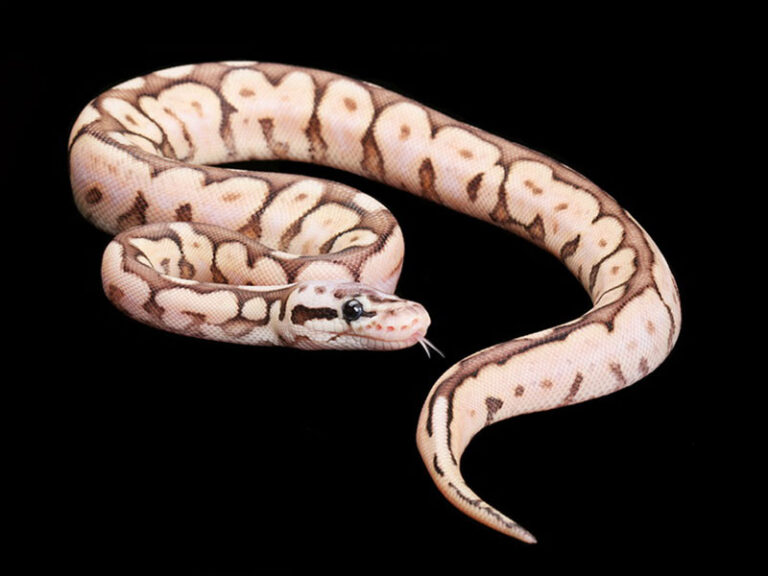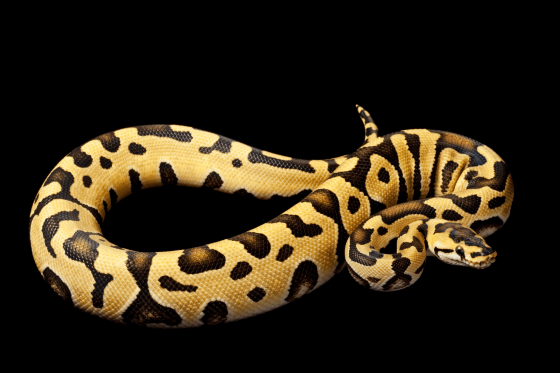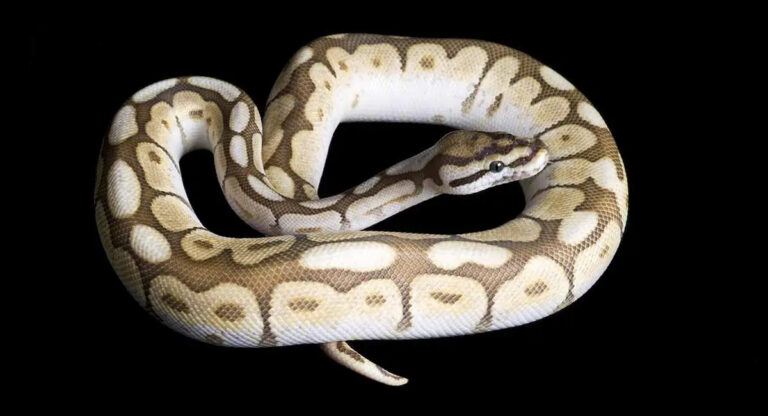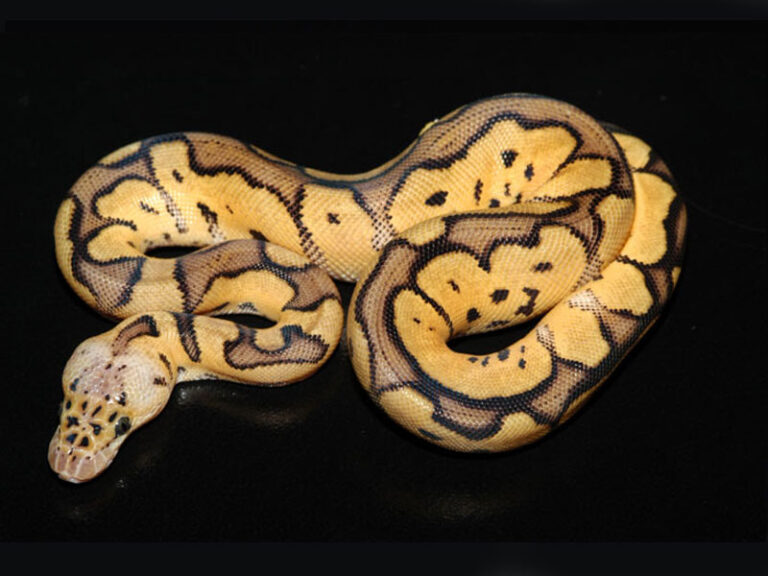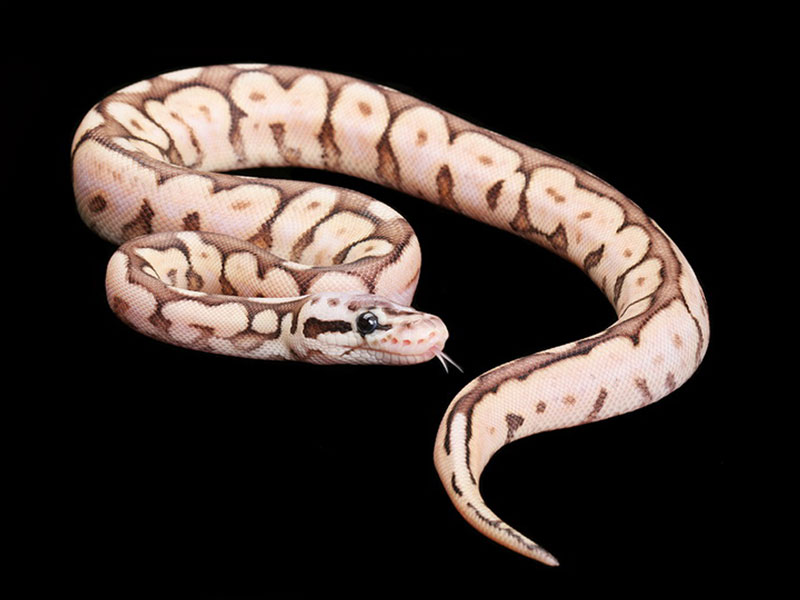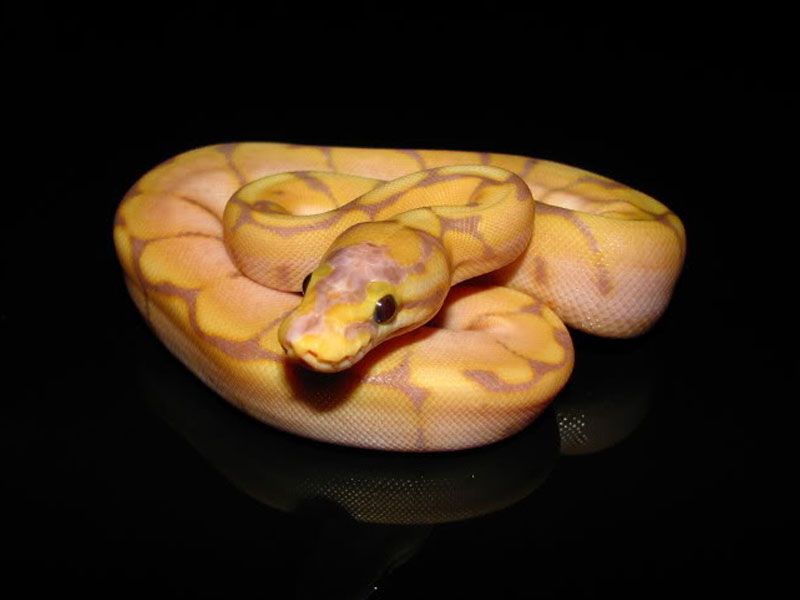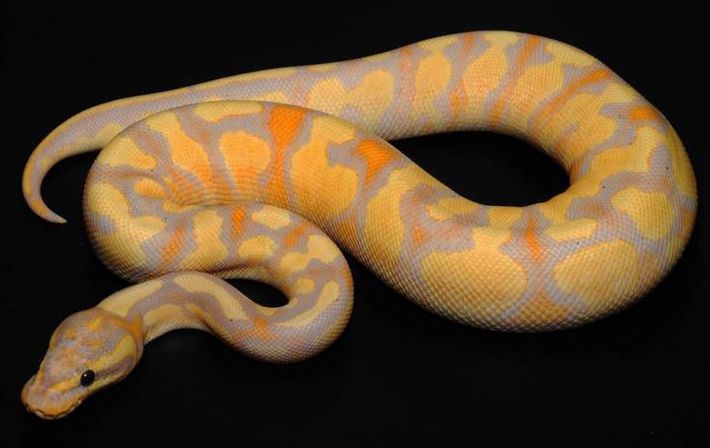Having worked with reptiles for years, I can say ball pythons make great pet snakes for newcomers. These snakes have a laid-back nature, are simple to manage, and don’t need complex care. Yet, like any pet, they still require the right environment, proper nutrition, and careful handling to maintain their health and contentment.
This guide will provide all the necessary information in a clear straightforward manner how to create their habitat, what to give them for food, and the safest way to handle them. Whether you’re a complete novice to snake care or just seeking additional advice, this guide aims to make the process uncomplicated and relaxed. Let’s begin!
- Setting Up the Right Home: Before your ball python arrives, make sure its habitat is fully prepared for a stress-free transition.
- Picking the Right Tank: Tank size: A 20-gallon tank is ideal for young pythons, while adults need a 40-gallon tank to move comfortably.
- Tank type: Glass tanks and plastic tubs both work well, but maintaining proper humidity and temperature is crucial.
Temperature & Humidity
Your ball python needs the right warmth and moisture to stay healthy and stress-free.
- Warm side: One side of the tank should be 88–92°F. You can use a heating pad under the tank or a heat lamp above it. This warm area helps your snake digest food properly and stay active.
- Cool side: The other side should be 75–80°F. This cooler space lets your snake move around and regulate its body temperature. Without it, your snake could overheat!
- Humidity: Keep humidity at 50–60% to prevent dry skin. When your snake is shedding, increase it to 70% to help the old skin come off easily. A simple way to do this is by lightly misting the tank or adding a water bowl.
- Thermometer & Hygrometer: Place one thermometer on the warm side and another on the cool side to monitor the temperature. A hygrometer helps you check humidity levels. Digital devices give the most accurate readings!
Feeding Your Ball Python
Feeding your ball python the right way keeps it healthy and strong. It’s important to choose the right food and feeding schedule.
What to Feed
- Young snakes: Offer one small mouse every 5–7 days. Babies need frequent meals to grow properly.
- Adult snakes: Feed one small to medium rat every 10–14 days. Adults eat less often due to a slower metabolism.
- Prey size: The prey should match the width of your snake’s thickest part. Feeding prey that’s too large can cause stress or digestion issues.

Frozen or Live Food?
Choosing the right type of food is important for your ball python’s safety and health.
- Frozen-thawed (F/T): This is the safest and easiest option. Just thaw the rodent in warm water before feeding. It reduces the risk of injury and is more hygienic.
- Live food: Feeding live rodents can be risky because they might bite or scratch your snake. If you use live prey, always supervise the feeding to keep your snake safe
How to Feed
- Use long tongs: Always use feeding tongs to offer food. This keeps your hands safe and helps your snake strike properly.
- Feed inside the tank: There’s no need to move your snake to another box for feeding. Keeping it in its tank helps reduce stress and makes feeding more natural.
- Don’t handle after feeding: Avoid picking up your snake for 24–48 hours after a meal. Handling too soon can cause stress or even make your snake regurgitate its food.
Handling Your Ball Python
Ball pythons are calm snakes, but they need time to feel safe with you. Gentle and patient handling helps build trust.
Safe Handling Tips
- Give it time: Let your snake settle for at least a week before handling. This helps it adjust to its new home.
- Approach from the side: Always reach from the side, not from above. Coming from above can make your snake feel like a predator is attacking.
- Support its body: When lifting, gently support its whole body. This makes your snake feel secure and prevents stress.
- Short sessions first: Start with 5–10 minutes of handling. As your snake gets comfortable, slowly increase the time.
Signs of Stress
If your snake shows these signs, give it space and try again later:
- Hissing – This means your snake is scared or uncomfortable.
- Curling into a tight ball – This is a defense move. It means your snake feels unsafe.
- Not flicking its tongue much – A relaxed snake flicks its tongue often to explore. If it stops, it may be stressed.
Keeping Your Ball Python Healthy
Keeping your ball python healthy means regular care and attention. A happy snake is active, eats well, and has clear skin. Checking for any problems early can prevent serious health issues.
Regular Health Checks
- Clear eyes: Your snake’s eyes should be clear and bright, except during shedding when they may turn cloudy. Cloudy eyes at other times could be a sign of illness.
- Regular tongue flicking: A healthy ball python flicks its tongue often to explore its surroundings. If it stops doing this, it could mean stress or sickness.
- Smooth movement: Your snake should move easily without any bumps, stiffness, or swelling. If it moves strangely or has lumps, it might need medical attention.
- Clean, smooth scales: Scales should be free from dirt, wounds, or shedding problems. Dry patches or stuck shed can mean the humidity is too low.
- When to see a vet: If your snake loses weight, has unusual swelling, or struggles to breathe, visit a reptile vet as soon as possible. Quick action can save your pet from serious illness!
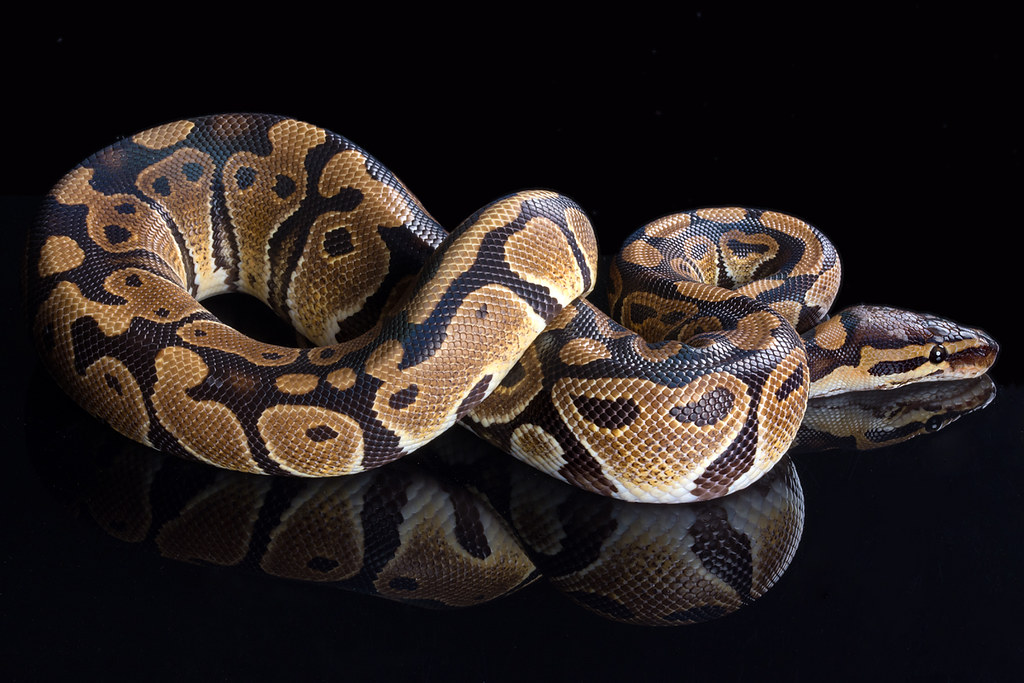
Common Health Problems
- Mites: These are tiny black dots on your snake’s skin that can cause itching and stress. Use a reptile-safe mite treatment and clean the tank properly to remove them.
- Respiratory infections: If your snake is wheezing, breathing with an open mouth, or has mucus around its nose, it might be sick. Check the temperature and humidity, and if the problem continues, visit a reptile vet.
- Shedding issues: If your snake’s skin doesn’t come off completely, it may be too dry. Increase humidity to 70% and add a humid hide with damp moss or paper towels to help with shedding.
Shedding and Skin Care
Ball pythons shed their skin as they grow, and a smooth shed means they are healthy. Proper humidity and care can make shedding easier for your snake.
- Signs of shedding: Your snake’s skin will look dull, and its eyes will turn cloudy. This means a shed is coming soon.
- Shedding process: The entire process takes about a week, during which your snake may hide more and eat less.
- Helping the shed: Keep humidity at 70% and add a rough surface, like a branch or rock, to help your snake rub off the old skin.
- After shedding: Always check that the eye caps and tail tip have fully shed. Stuck skin can cause problems, so gently soak your snake if needed.
Common Problems & Solutions
Ball pythons can be picky eaters, but small adjustments can help them start eating again. Always check their environment and feeding conditions first.
- Stress: If your snake recently moved to a new home or was handled too much, it may refuse food. Give it time to adjust and avoid handling before feeding.
- Temperature: A cold environment can reduce appetite. Make sure the warm side of the tank is 88–92°F so your snake feels comfortable enough to eat.
- Prey size: If the food is too big, your snake might refuse it. Try a smaller prey item that is about the same width as the thickest part of its body.
- Scent: Some snakes prefer food with a stronger smell. Warm the food slightly before offering to make it more appealing. You can also try rubbing the prey with used bedding from another rodent.
My Snake Won’t Come Out of Hiding!
Ball pythons are naturally shy and love to hide. If your snake is eating well and looks healthy, there’s no need to worry. Give it time, and it will explore when it feels safe.
My Snake Is Too Aggressive!
New snakes may feel scared and defensive. Avoid handling right after feeding, and let your snake get used to your presence by moving slowly and giving it space. Over time, it will become more comfortable.

Conclusion
Caring for a ball python becomes simple when you understand its needs. With the right setup, proper food, and gentle handling, your snake will thrive for years.
At Universe Reptiles, we provide expert tips and guides to help you take the best care of your pet. Follow our advice, and your snake will stay happy and healthy.
Question # 1
Lorem ipsum dolor sit amet, consectetur adipiscing elit. Ut elit tellus, luctus nec ullamcorper mattis, pulvinar dapibus leo.
Item #2
Lorem ipsum dolor sit amet, consectetur adipiscing elit. Ut elit tellus, luctus nec ullamcorper mattis, pulvinar dapibus leo.
Item #2
Lorem ipsum dolor sit amet, consectetur adipiscing elit. Ut elit tellus, luctus nec ullamcorper mattis, pulvinar dapibus leo.


